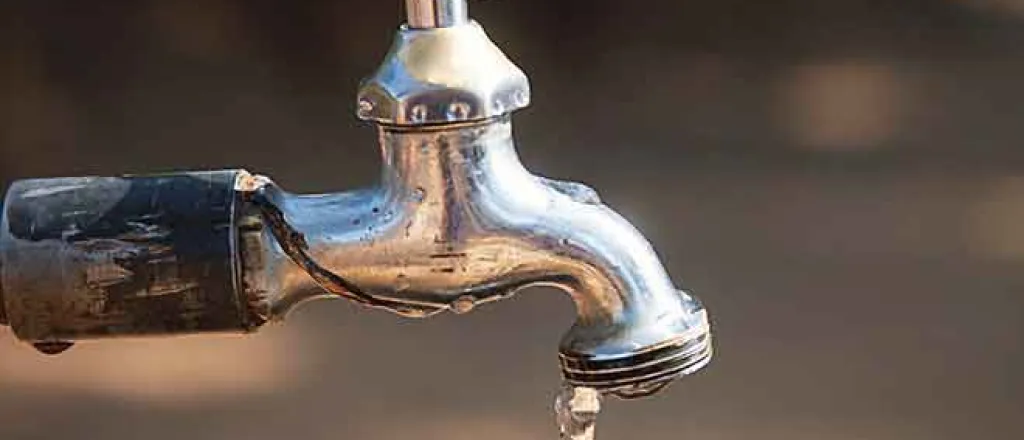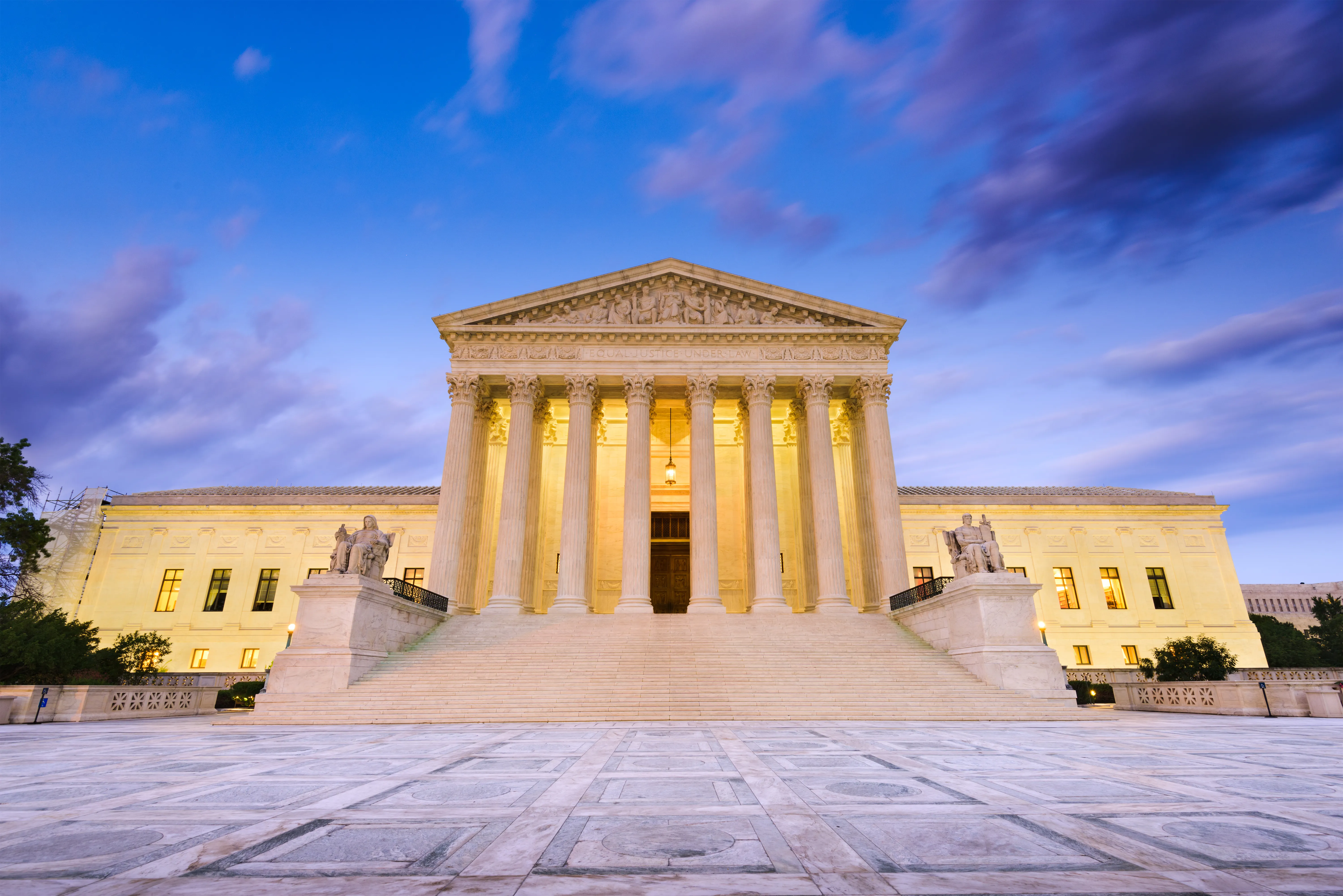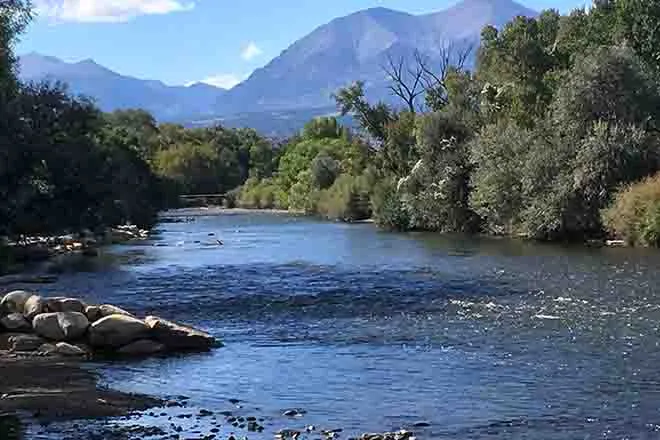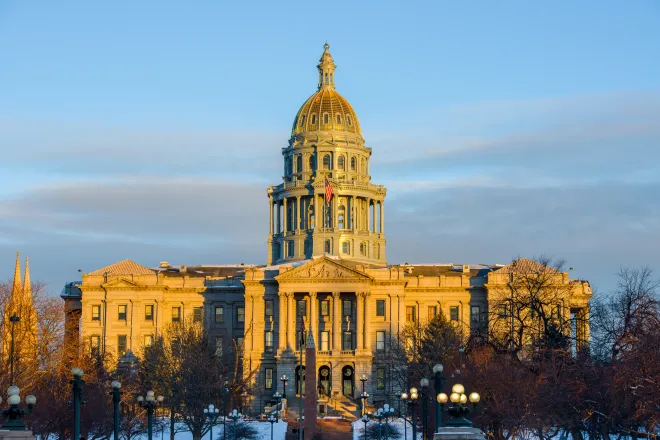
Rio Grande River water usage accountability heats up
(New Mexico News Connection) A conservation group which has fought to know how water from the Rio Grande is being used by a regional irrigation district in New Mexico will continue its battle for accountability after a judge sided with its arguments.
WildEarth Guardians said the Middle Rio Grande Conservancy District has been issued water permits and extensions for 90 years, without having to adequately prove what's called "beneficial use."
The judge ruled the New Mexico State Engineer violated state law when a challenge brought by WildEarth Guardians was dismissed.
Samantha Ruscavage-Barz, legal director for WildEarth Guardians, said the district is the single largest water user in the Middle Rio Grande Valley, and argued rubber-stamping of extensions needs to end.
"There is nothing in the statute of regulation that said you can give any water user a blank check, and the state engineer doesn't have to be aware and account for how much water is being used," Ruscavage-Barz asserted.
The Rio Grande Conservancy District began diverting water from the river after being awarded the permits in the 1930s. An attorney for the district has said he believes the environmental group's real goal is to reduce the volume of Rio Grande water available to the district and its irrigators.
Ruscavage-Barz believes the State Engineer has been "derelict in his duties" to citizens of the state. She insisted citizens have a right to know how increasingly scarce water supplies are being used.
"And now, conditions are so much worse, with climate change and increased frequency and severity of drought, and the changes in the weather patterns and everything," Ruscavage-Barz pointed out.
She added the district had a lot more irrigated acreage when the applications were first approved more than 80 years ago. Since then, acres used for farming have steadily declined due to development.
"It is really an accountability issue," Ruscavage-Barz contended. "When so much water is involved; I mean, if this was 20 acre-feet or even 100 acre-feet, it would be one thing. But this is potentially 300,000 acre-feet of water that the district potentially has tied up."

















